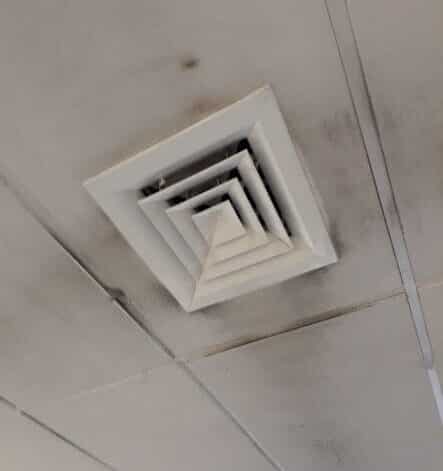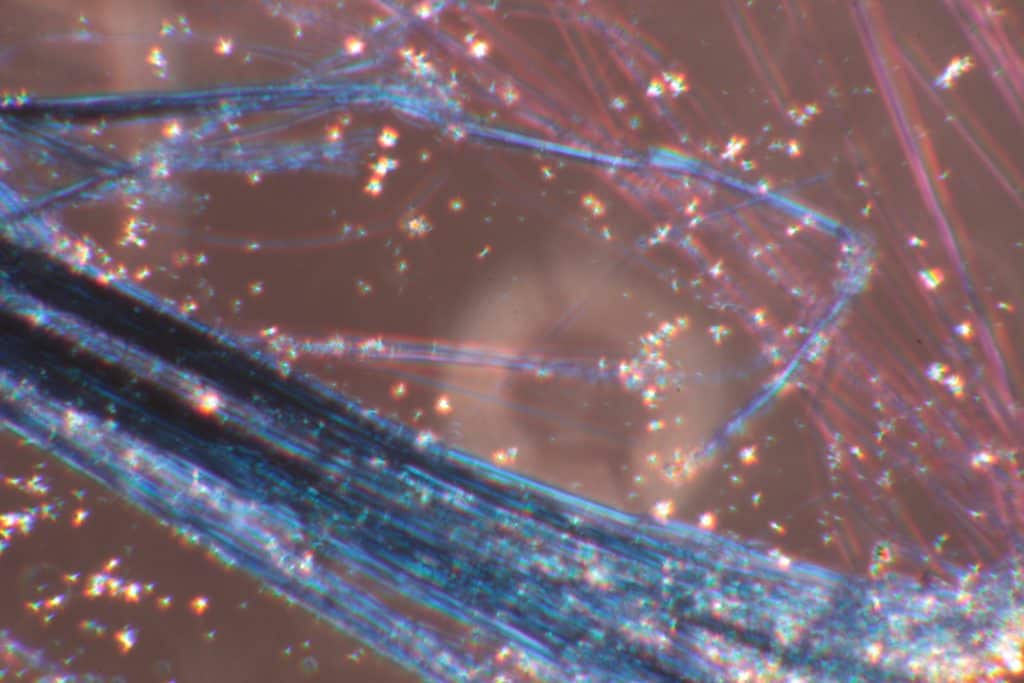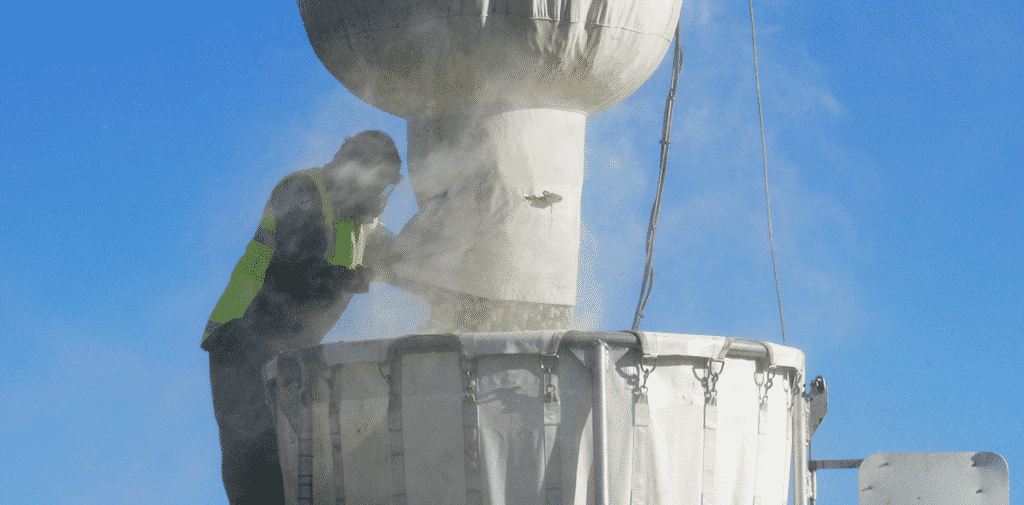Uncategorized
How Can I Tell If My Concrete is Dry?
Concrete Curing Concrete first cures before it dries. Curing is a process where crystalline fibres are grown. Addition of water is vital for this process to occur. As curing occurs the concrete hardens. CaO / SiO2 /AL2O3 /Fe2O3 + H2O -> 3 CaO.2SiO2.4 H2O Concrete can cure even if it is 100% submerged in water.…
Read MoreWhat Are Those Black Marks Around Air Vents?
It is common for offices and homes to have black marks surrounding the vents on the ceiling. Sometimes this is misattributed to mould, but is usually a sign that there is fine particulate present in the air. It gathers around ceiling vents due to static electricity, air flow and the condensation of water. Particulate Inside…
Read MoreFire-Damaged Properties – A Risk To Health
Risks to Health There exists a significant risk to health after a fire has been extinguished. Toxins such as dioxins, hydrogen cyanide, acrolein, formaldehyde, volatile organic compounds (VOCs) and many other toxins can be expected to be present and be a risk to health. Our blog post on the Air Quality in the Auckland Fire…
Read MoreA Timeline of Asbestos
A timeline of the discovery and use of asbestos through the ages.
Read MoreWhy Ask for OHSAS 18001 Accreditation?
K2 Environmental are a nationwide supplier of all testing related to air quality. We provide a variety of services including: Asbestos Surveying and Testing Methamphetamine Screening (properties) Emissions and Stack Testing Noise Measurement and Testing Biological Testing (Fungus, mould and bacteria) Ambient Air Tests Silica Dust Assessment and Silica Testing Welding Fume Assessments and Welding Fume…
Read MoreEnvironmental Testing Companies
Are all environmental testing companies created equally? The changes in the Health and Safety at Work Act (HSWA) has initiated the increased need for: Air quality testing Noise testing Mould testing Meth testing Asbestos testing and surveying Environmental Testing – Is cheapest best? If you are looking for a company that can deliver environmental testing,…
Read MoreMould in Homes
How to Reduce the Risk of Mould Mould is caused by excess moisture. This moisture can be caused by unusually high humidity (damp air), condensation, as well as leaky pipes and roofs. If the excess moisture is eliminated, so is the source of the mould. Moisture Inside a Dwelling Increases: The risk of mould and…
Read More




